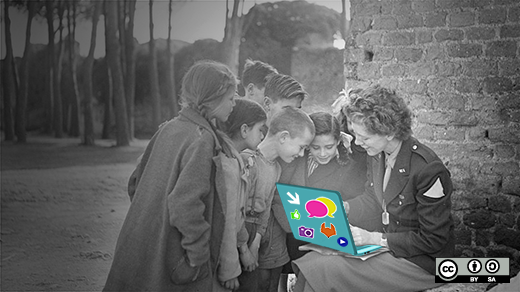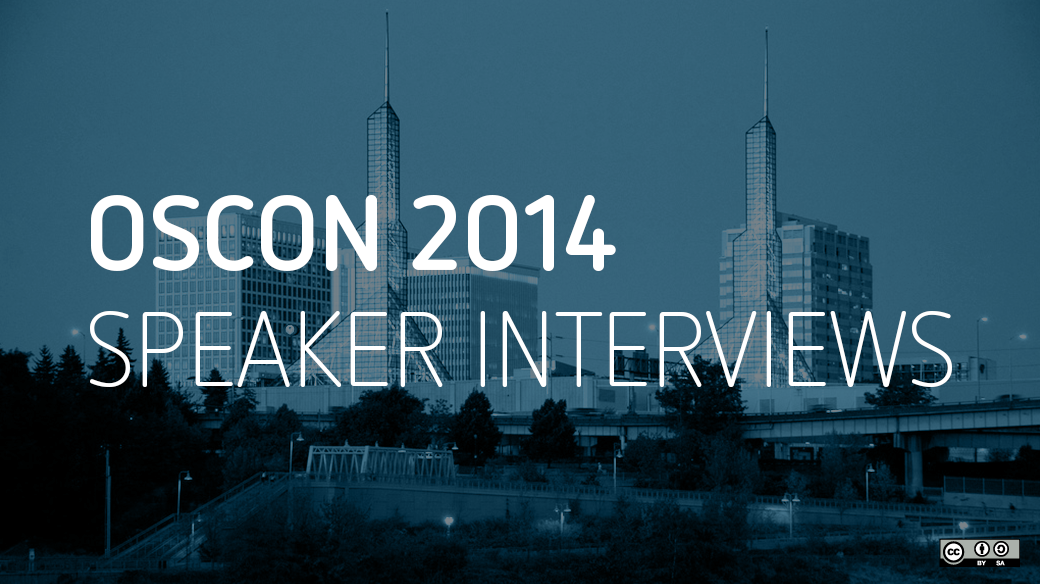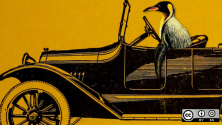Thomas Smith will be speaking at OSCON 2014 about Project Gado.
Project Gado has created an open source robotic scanner that small archives can use to digitize their photographic collections. Gado means inheritance in the West African language Hausa, reflecting the project’s historical preservation goal.
He has always wanted to be an inventor, and I spoke with him about what it's like to work as a technology consultant in the San Francisco Bay Area. In this interview, Thomas tells me more about how Project Gado came to life, how the Gado community evolved, and how open source is applied to everything.

Tell us about yourself and your background. Did you always want to become an inventor?
Yes! When I was little and people asked what I wanted to be when I grew up, I always said "inventor." I got my first power drill at three and my first soldering iron at ten, and I was always excited to take something apart and see how it worked.
Today, I work as an entrepreneur and technology consultant in the San Francisco Bay Area. I have degrees from Johns Hopkins University in two different fields: Cognitive Science and Cultural Anthropology. I think this background helps me a lot in my work. It allows me to think in a formal way about technical challenges, but also to ground my solutions in a practical understanding of communities and their needs.
Can you share some of the moment, and especially the motivation at that time, of where the idea behind Project Gado came from? What sparked the idea and what vision did you have?
I was working on an oral history project in East Baltimore. One day, I tagged along with a colleague to visit the Afro American Newspapers in Baltimore, looking for photos of the community I was studying. What I found was an archive of 1.5 million historical photos dating back to 1892. In included never-published photos of everyone from Martin Luther King Jr. to Eleanor Roosevelt.
The photos were largely hidden, because of the high cost of doing hand-scanning, editing the scans, and adding metadata. In the whole history of the paper, they had only digitized about 5,000 photos. I realized that if I could use technology to radically automate digitization and photo processing, millions of photos from organizations like the Afro could be available to the historical record.
Today, we’ve scanned 125,000 images at the Afro. Using technologies including our open source Gado 2 robot, we can digitize archives at little to no upfront cost, and we can even help archives monetize their photos through licensing.
It is inspiring to see how collaboration between Project Gado and other organisations picked up. Can you tell us more about this process and the evolution of the ecosystem around Project Gado?
Like many open source projects, we started out slowly. We released our Gado 2 robot’s design files and code in 2011, and for about two years, nothing happened. In 2013, we got more active and released a Gado 2 kit to ten early adopters. That really set things in motion. We ended up with user groups in California, Boston, and Baltimore, as well as our flagship group in Finland.
One of the coolest things about open source is that once you seed the community with an initial burst of activity, it reaches a point where organic growth takes over. At this point, we don’t have to do much at all the maintain the community.
Your talk at OSCON 2014 will show how Project Gado is an excellent example of how an open source community can grow, collaborate, and innovate together. Can you share with us, as a sneak preview to your talk, what other open source projects can learn from Project Gado?
One of the major lessons is that you have to actively work to promote your project and get the community started. You can’t assume that if you have a great idea, people will show up to collaborate on it. We released kits, but we also spoke at conferences, built a presence on the web, and went through traditional media. Our Finland group originally read about Project Gado in a newspaper article.
If you were to look three to five years ahead, what future do you see for Project Gado? Any other final thoughts you would like to share?
Our mission is to digitize and share the world’s visual history. We’re developed the technologies and relationships to make that possible. In five years, I’d like to see us doing it at a much grander scale. There are hundreds of millions of analog photographs out there, and I’d like to make all of them available to the world.






Comments are closed.